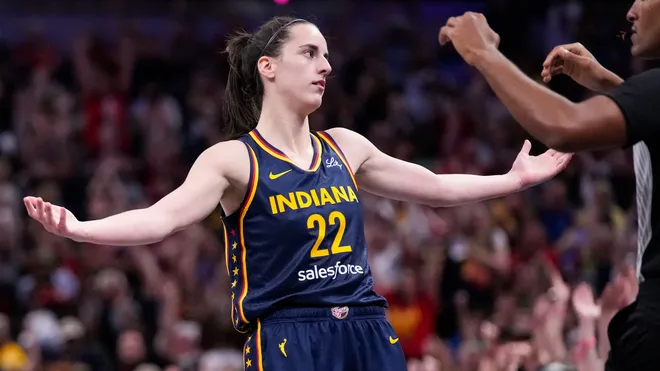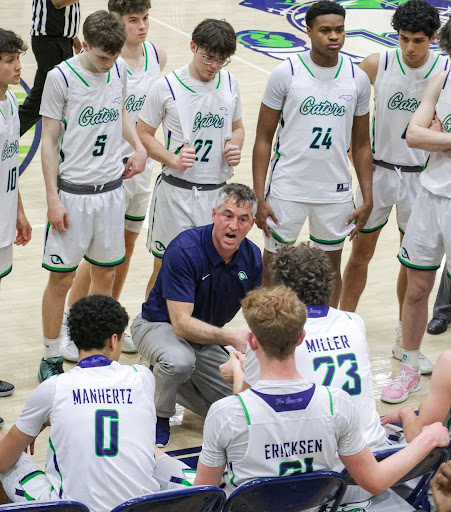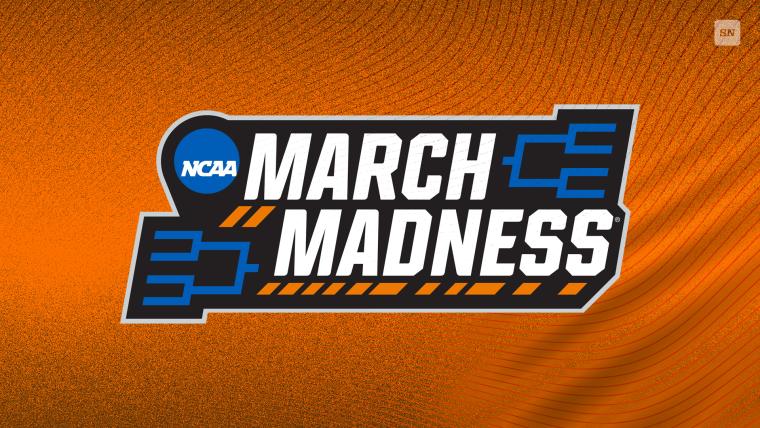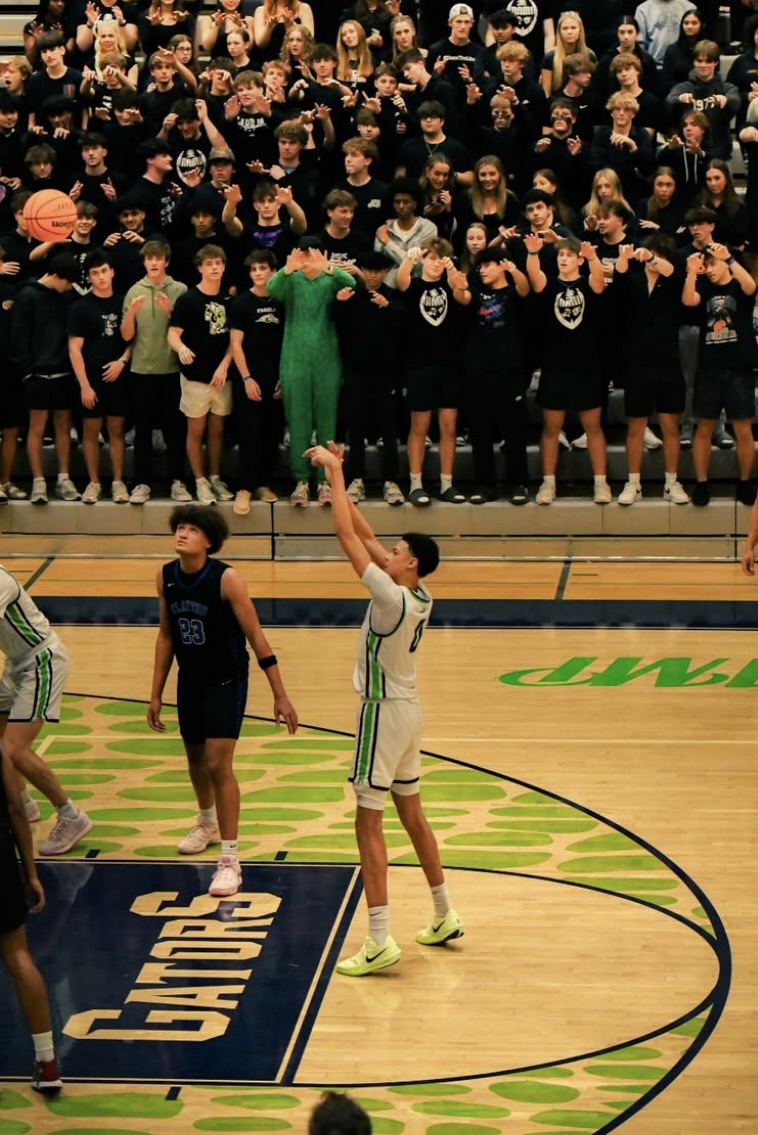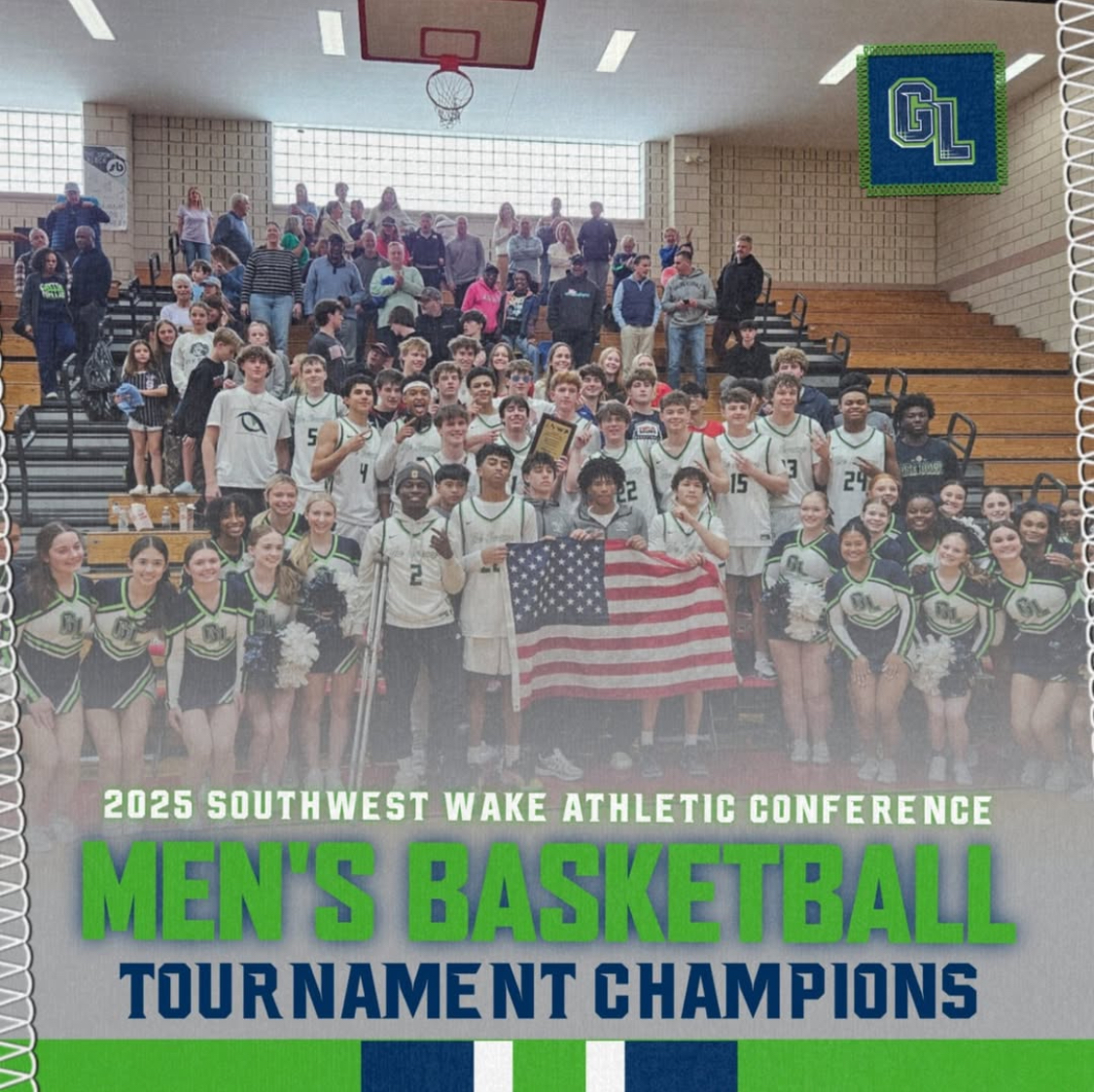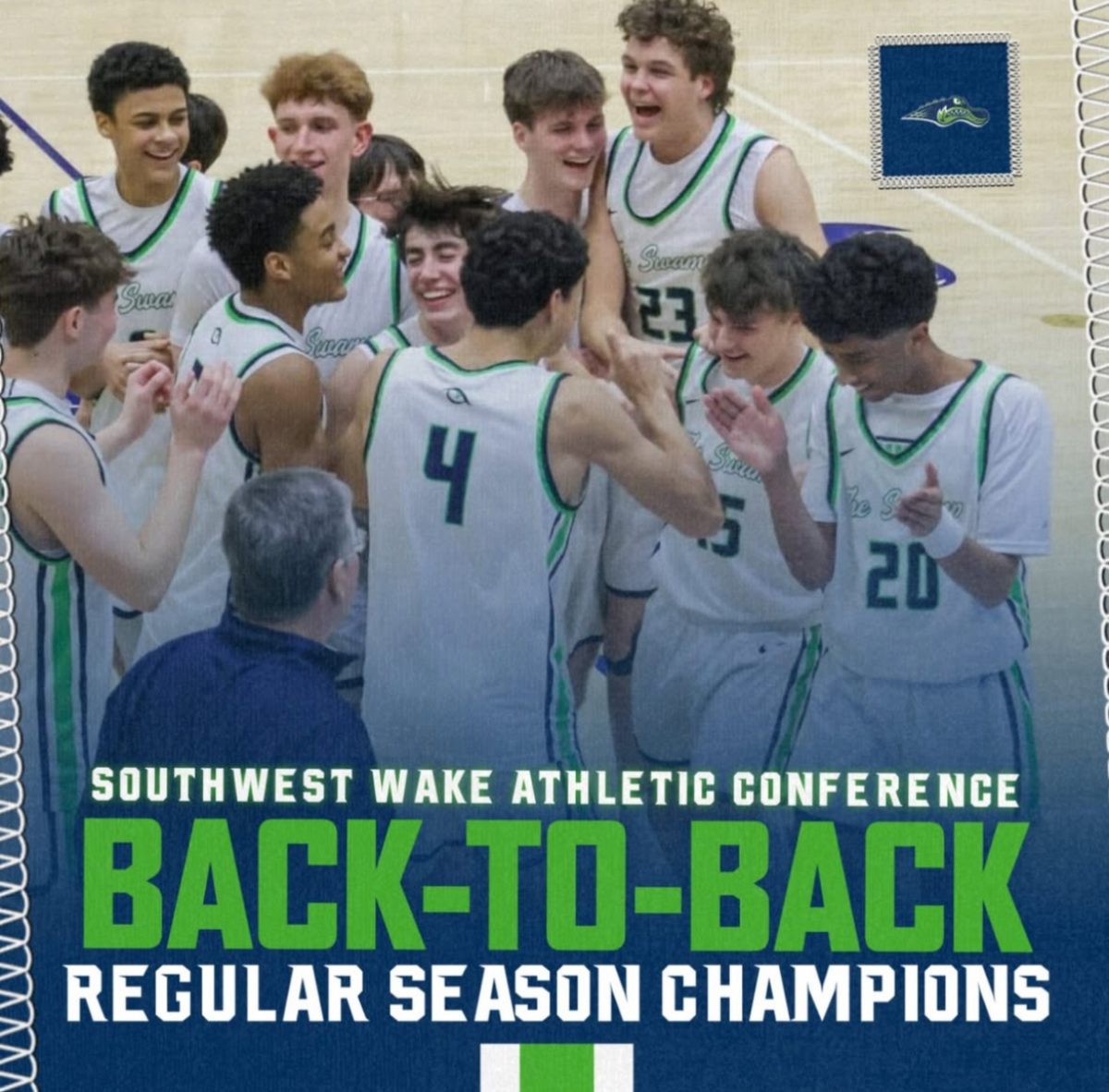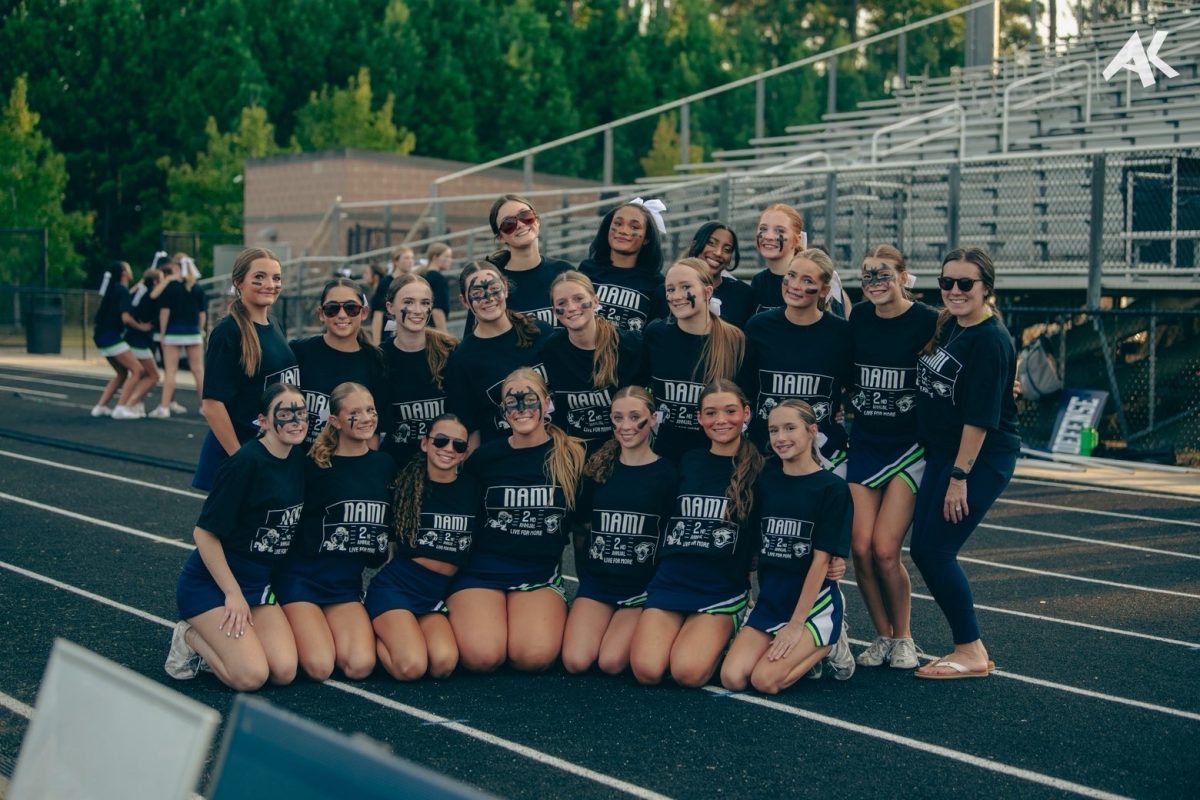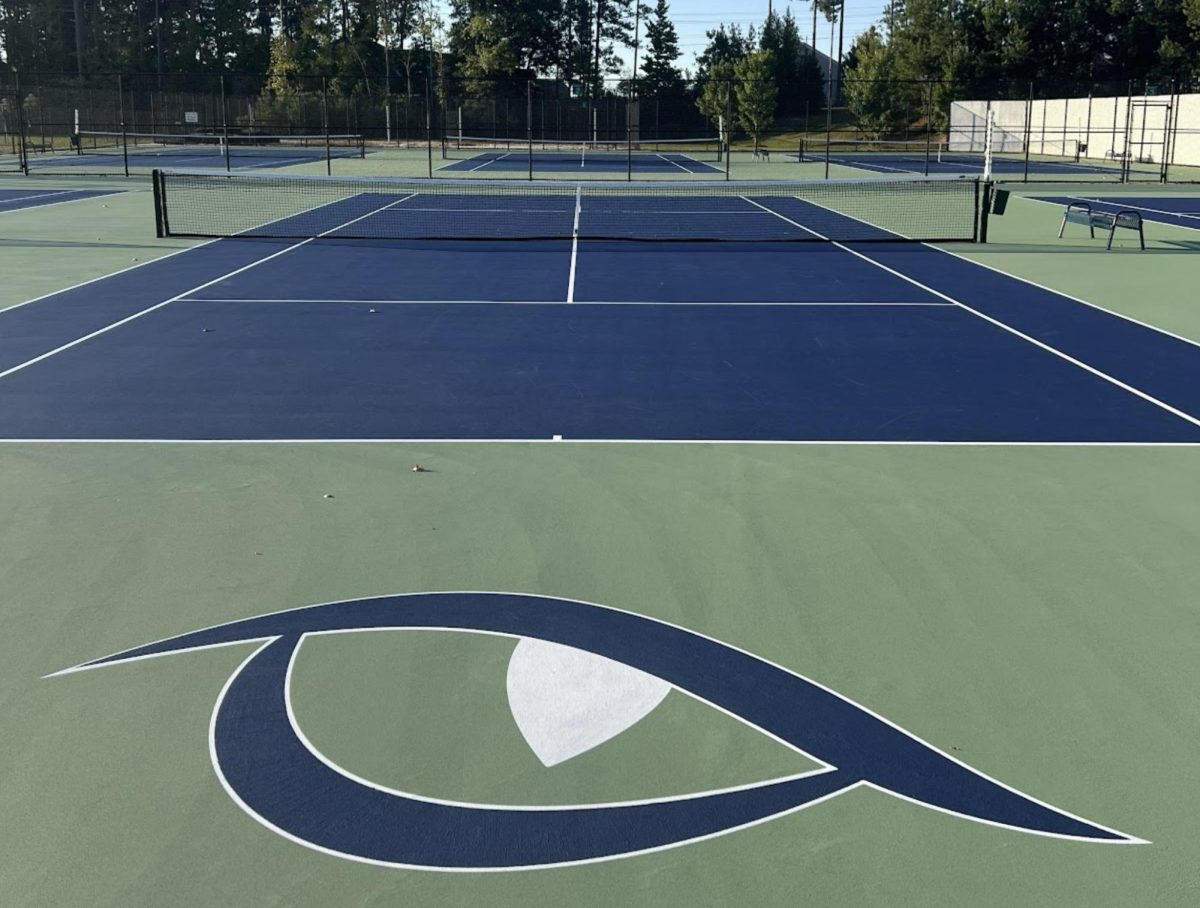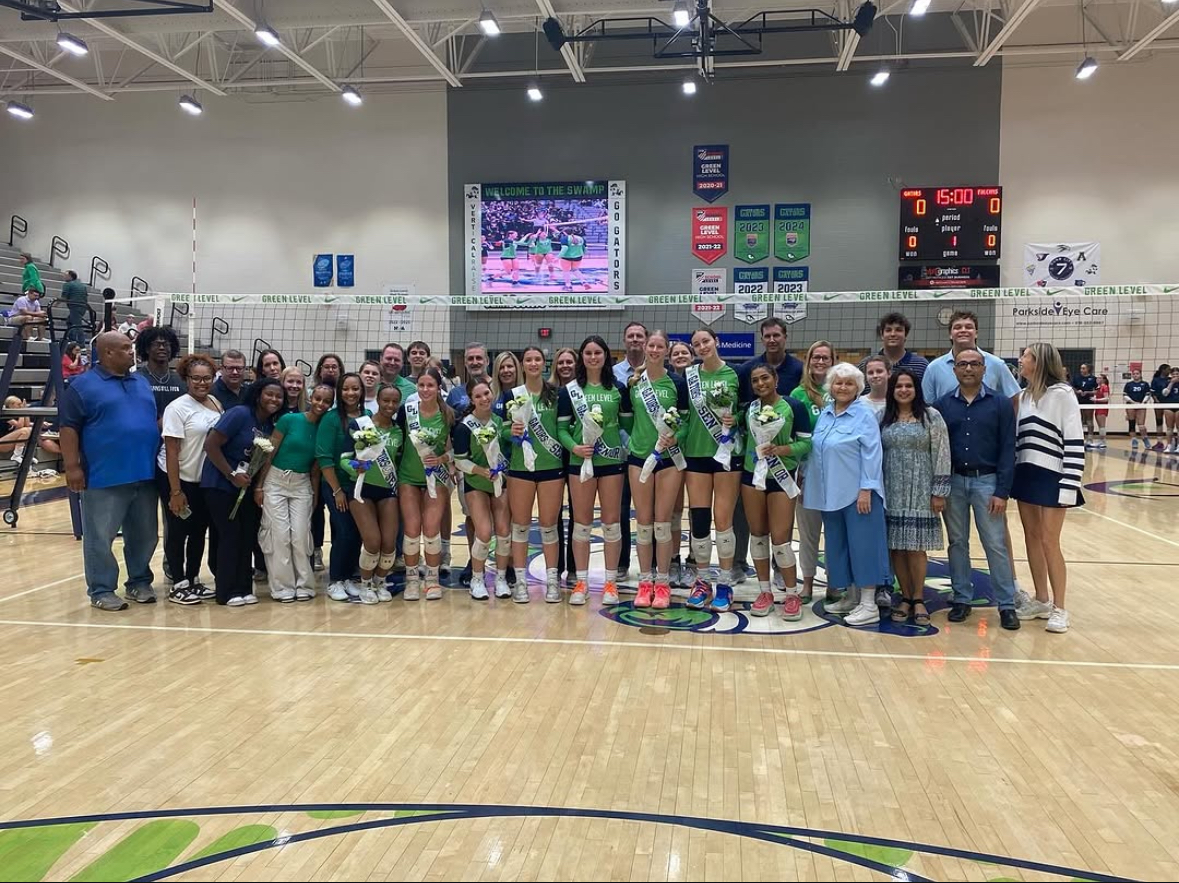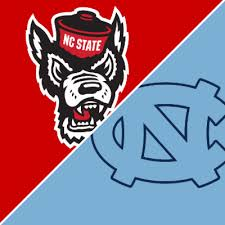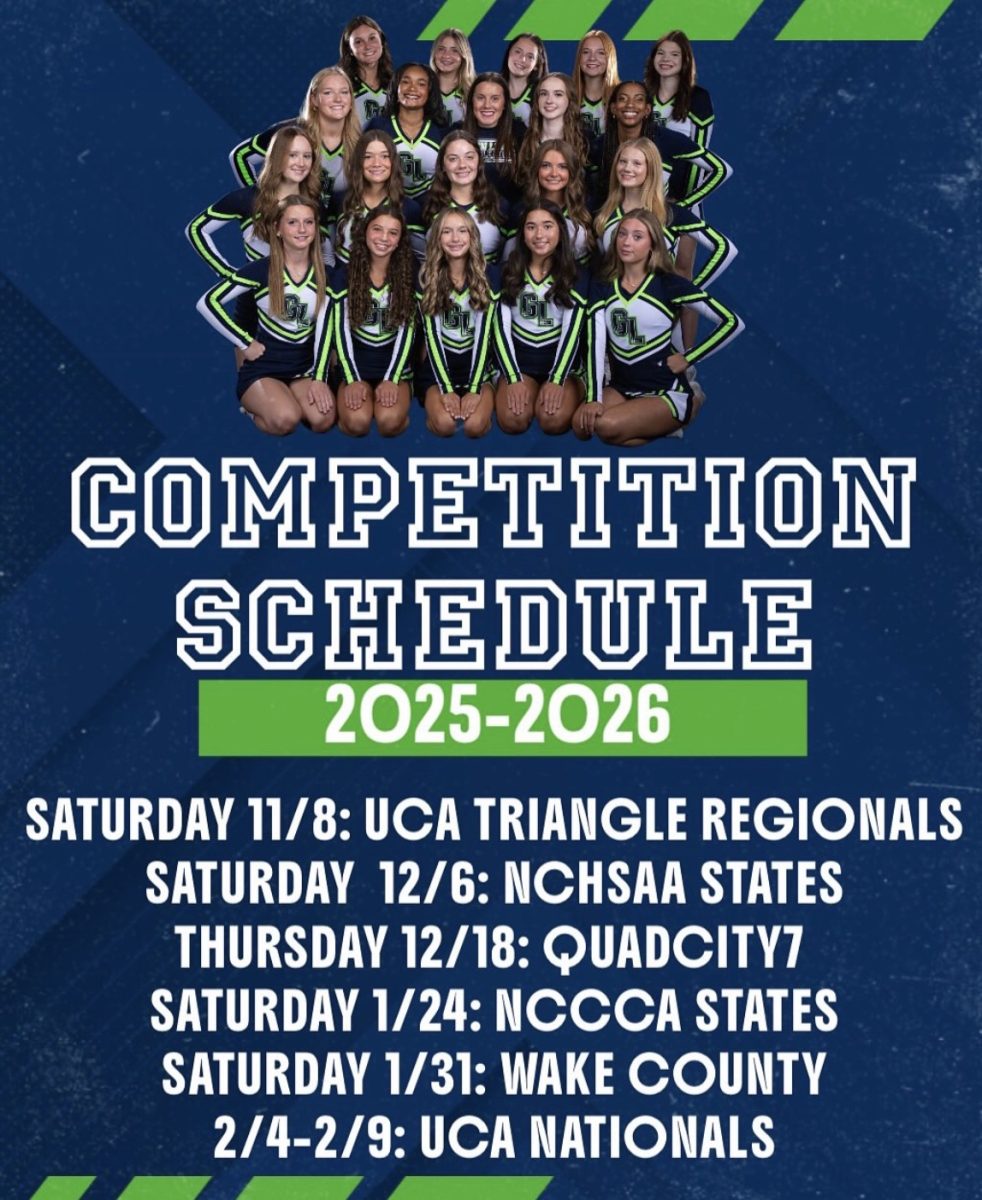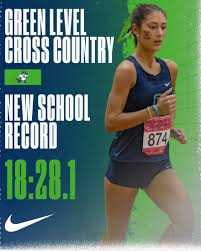Women’s basketball has a rich history, evolving from its inception in the late 19th century to the thriving global sport that is played today. From less media coverage, lower advertising budgets, poor owner investment in the players and real-game experiences for fans, all have helped shape todays game. The results from these challengers are sold out crowds, women getting paid more money, more live-streams then men’s games, and more excitement to the game of women’s basketball.
Before celebrating the success of todayś women’s games, we should honor those who created a pathway to today environment. Senda Berenson, known as the “Mother of Women’s Basketball,” create new rules in 1892 to create a more refined version suitable for women. This marked the beginning of women’s basketball, although it differed significantly from today’s fast-paced game. Initially, the focus was on socialization and general exercise rather than competition. In fact, many believed vigorous activities like basketball were unladylike and potentially harmful to women’s health and believed that women were too delicate to participate in a competitive sport. In fact, the original version of the game even started as half court basketball. At the time, many people believed that women were too delicate to participate in full court basketball, so the game was modified to half court.
Another critical turning point in women’s basketball history occurred in 1972 with the ratification of Title IX, a federal civil rights law disallowing gender discrimination in education programs, including athletics. This legislation led to a remarkable increase in the number of women participating in collegiate basketball and significantly improved the quality of women’s basketball programs. Title IX played a crucial role in boosting the growth of women’s basketball at all levels.
The formation of the Women’s National Basketball Association (WNBA) in 1996 was another pivotal moment, providing a platform for women to showcase their talents professionally. This inspired many young girls to take up the sport and contributed to todayś global recognition. From pioneers like Senda Berenson to modern-day stars like Diana Taurasi, Caitlin Clark, Angel Reese and Maya Moore, these individuals have pushed the boundaries and elevated women’s basketball to even new heights. Fans saw the athleticism, competitiveness, and raw talent of these players resulting in packed stadiums, huge media deals, and mega sponsorship deals. But despite all of this, The Washington Post has recently reported that the league and its teams are expected to lose around $50 million this year, a fivefold increase in the current average and that the NBA is still funds part of the leagues expenses.
The Green Level women’s basketball season starts next month and the team is excited about what is ahead. With low fan attendance for both Varsity and Junior Varsity teams last year, what will it take to get fans to come out and watch, cheer the teams on and show the players some respect for their athleticism?
Coach Gentry, who is the women’s assistant basketball coach said it bluntly, “You’ve got to win games, for rival games we need to have more quads, we need to have lots of exposure on social media, and I think when they come out and are exposed to our games, and see how hard we play, and how much fun we have, it will bring more fans to the stadium.¨
Gwen Boles, who is a junior on the varsity team and 3rd year player, brings multiple years worth of observations. Gwen said, ¨To attempt to attract more of an audience to women’s basketball, we should provide free access to students who attend at least one of every sporting event, specifically ones with low attendance rate such as swim and golf. Furthermore, we should design new t- shirts (perhaps designed by fellow students) to throw out to fans during games. There should be more contests during games that students can participate in making it a more fun experience.¨
Janna Kourany, who is new to high school basketball environment believes in similar concepts to what coach Gentry stated. Janna believes, ¨We can make posters or handouts to get it more known, and we could post it on social media to get more attention.¨ She also stated, ¨Our sports director should consider doing raffle tickets and fundraisers too.¨
Media coverage has played a crucial part in shaping the narrative of women’s basketball history, especially in recent years where it has exploded into a respected sport and players are known for there athletic capabilities. From a Green Level perspective, we need to embrace similar ways to elevate the game, bring some hype and continue to further define the future of the basketball program. We must win, be aggressive, be competitive, drive social media awareness and implement some of these ideas to generate some excitement for the upcoming season.

